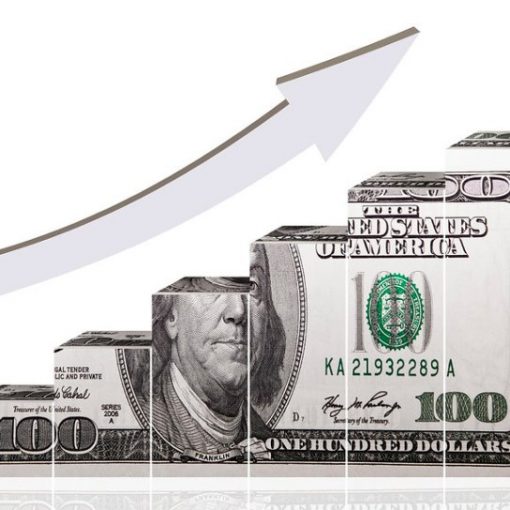Looking for a way to increase your portfolio’s exposure to high-quality, corporate performers? Dividend-focused smart-beta funds may be worth a serious look.
Smart beta ETFs are carefully constructed indexes that rank stocks by traits other than their market value, the standard methodology employed by traditional benchmarks, such as the Standard & Poor’s 500.
Instead, these products focus on “factors,” such as growth, value, volatility or other financial metrics that offer the possibility of market-beating performance and reduced portfolio risk.
Steady Performers
As the name implies, dividend-focused smart beta funds try to screen for companies with strong track records for rewarding their shareholders with dividends and a reputation for gold-plated financial management.
Companies with steady and strong dividend records tend to be well-managed, shareholder-focused and less volatile.
Smart beta strategies are rule-based and choose companies based on transparent financial parameters.
So before investing, make sure you understand the selection criteria.

Financial Cushion
Are the stocks ranked by dividend yield and, if so, over what time frame? Most dividend investors like to see steady performance over a long period of time.
What about payout ratios? If a company is paying out a big percentage of its income as dividends, it may have no margin of error in a sudden crisis. High dividend-yield, low- payout companies are less risky for investors all things being equal.
On top of that, investors should consider if a dividend-paying company is engaging in a bit of financial engineering, using fat dividends to boost its stock and mask the reality that it doesn’t have attractive options to invest its cash for future growth.
Speed Bumps
Then there’s sector risk, which can dampen a smart beta dividend product in the short term.
Some dividend ETFs are heavily weighted by utilities and energy stocks. If an industry gets hit by unfavorable events, like the oil price slump in the case of energy, that can have an outsized impact on your dividend product.
Smart beta dividend strategies aren’t all the same, so it’s prudent to spend some time researching their underlying composition and investing rules, or reach out to a financial adviser, before diving in.
Takeaway
In a world of ultra-low rates, the hunt for return is a challenging and time-consuming one.
For the discerning investor, smart beta dividend strategies may be an option to boost portfolio performance and manage risk.
Photo Credit: Pictures of Money via Flickr Creative Commons

